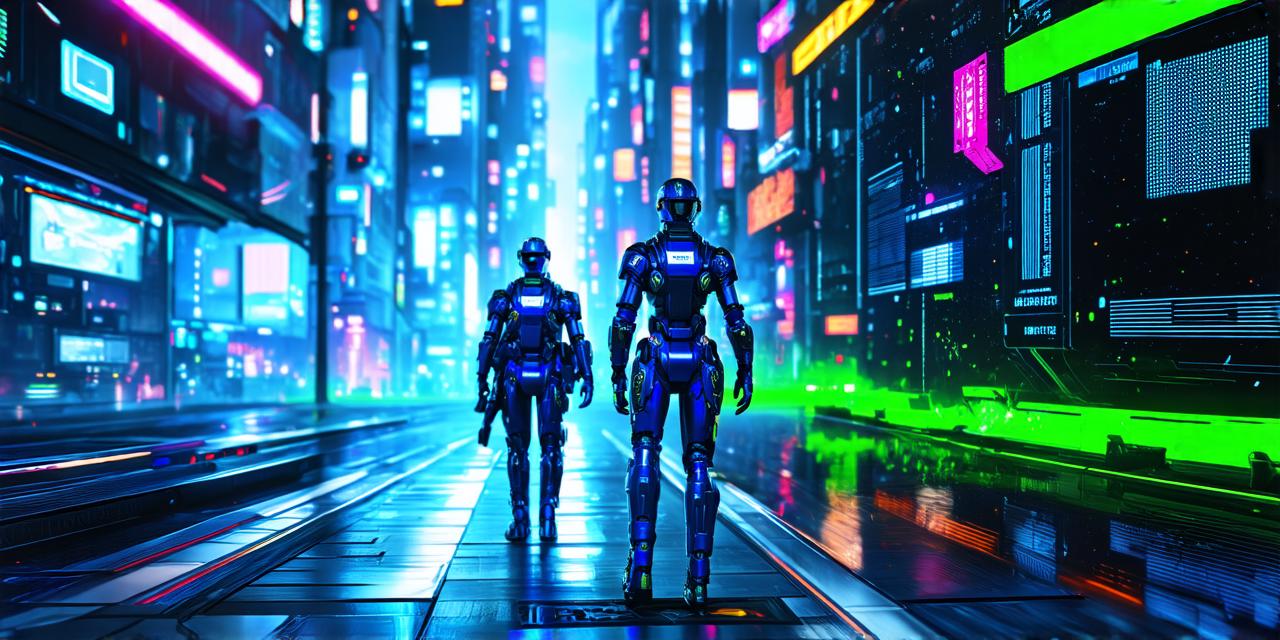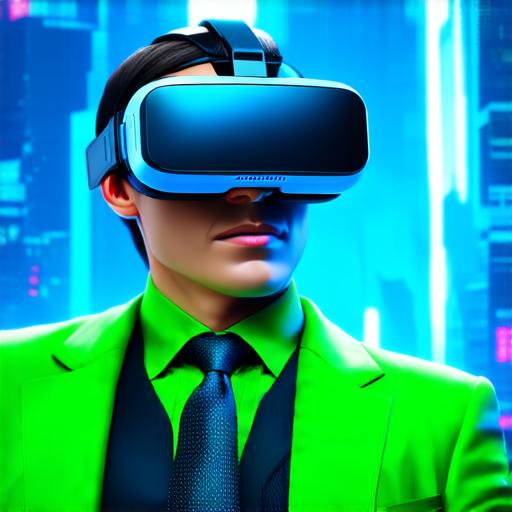
What are the latest developments in virtual and augmented reality technologies within the gaming industry?
Virtual reality (VR) and augmented reality (AR) have been around for some time now, but their use cases have expanded exponentially in recent years, especially in the gaming industry. Both VR and AR technologies allow players to immerse themselves in different environments and experiences. Let’s take a closer look at some of the latest developments in VR and AR within the gaming industry.
Virtual Reality (VR)
The development of VR technology has come a long way, with advances in graphics, resolution, and control systems making it possible to create highly immersive experiences that allow players to feel like they are truly part of the game world. One of the latest developments in VR gaming is the ability to use haptic feedback and motion tracking to simulate physical sensations on the player’s body and allow them to move around freely in real-time.
Haptic feedback technology allows players to feel various physical sensations, such as vibrations or pressure, that correspond with the game environment. This technology can be used to simulate the sensation of a weapon hitting its target or the feeling of water on your skin when you’re swimming. Motion tracking, on the other hand, uses sensors and cameras to track the player’s movements in real-time, allowing them to move around freely without any limitations.
One example of a VR game that has received critical acclaim for its immersive experience is “Beat Saber” by Beat Games. The game uses VR technology to create an environment where players can use light sabers to slash through incoming blocks, set to the beat of music. The game’s immersive experience and dynamic soundtrack have made it a popular choice for both casual and hardcore gamers.

Another example is “Job Simulator” by Oculus, which allows players to simulate different jobs in a VR environment, such as being a chef or a mechanic. The game’s immersive experience and realistic physics simulation make it a great way for people to learn new skills or just have fun.
Augmented Reality (AR)
AR technology allows virtual objects to be overlaid onto the real world, creating a hybrid environment where players can interact with both virtual and physical objects. AR devices are becoming more common, with many people using smartphones and tablets to access augmented reality experiences.
One of the most popular uses for AR in gaming is in mobile games such as “Pokémon Go.” The game uses GPS technology to create an environment where players can hunt down virtual creatures in real-world locations. The game’s use of AR has made it incredibly popular, with millions of people downloading it and playing it every day.
Another example of a game that uses AR is “The Ikea Place.” The app allows users to place virtual furniture in their homes and see how it looks before making a purchase. This use case demonstrates the potential for AR technology to be used in e-commerce and other industries.
Interaction between VR and AR
While VR and AR are two separate technologies, they can often be used together to create even more immersive and interactive experiences. One example of this is “Gear 5” by Microsoft, which allows players to switch seamlessly between VR and AR modes. The game uses both technologies to create a hybrid experience that blends the immersion of VR with the interactivity of AR.
Another example is “Reality Blend,” a platform developed by Epic Games that allows developers to create experiences that blend VR and AR seamlessly. The platform allows developers to create environments that are interactive, dynamic, and responsive to both virtual and physical inputs.
Summary
In conclusion, the latest developments in virtual reality and augmented reality technologies have opened up new possibilities for gaming and other industries. As these technologies continue to evolve, we can expect to see even more immersive and interactive experiences that will change the way we play games forever. If you are a VR or AR developer looking to create innovative and engaging experiences, this is an exciting time to be working in this field. With continued advancements in technology, the possibilities are virtually limitless.


